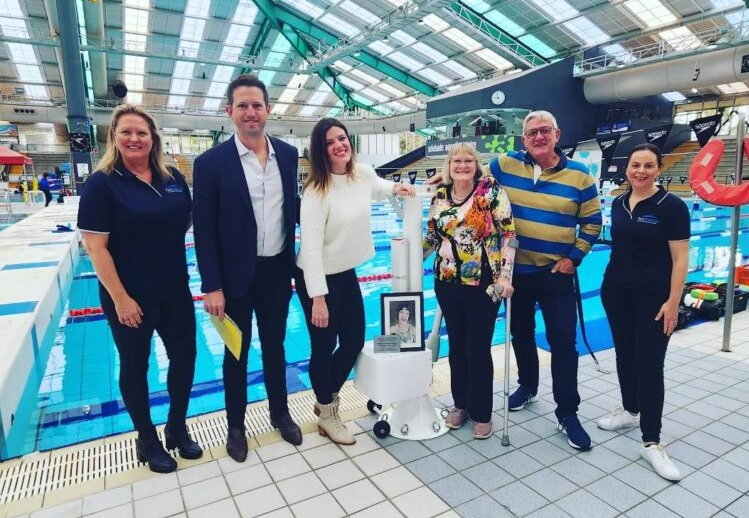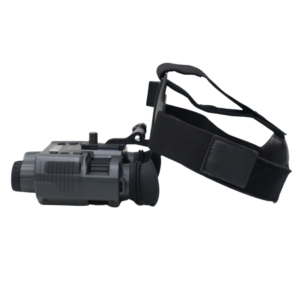Step in the Right Direction: Equipment for People with Limited Mobility!

Swimming has long been celebrated as an excellent form of exercise, offering a low-impact way to strengthen muscles and improve cardiovascular health. However, for individuals with limited mobility, such as the elderly or those with disabilities, the simple act of getting into a pool can be daunting, if not impossible. Thankfully, advancements in pool design, particularly in the development of pool steps, are making waves in inclusivity, allowing those with mobility challenges to take a dip with dignity and ease.
Why Pool Steps Matter
Traditional pool ladders, with their vertical orientation and narrow rungs, are not only challenging but can be dangerous for someone who struggles with balance or lacks the strength to lift their body weight. Pool steps, on the other hand, provide a gradual, less strenuous method of entry. These steps are designed with the user in mind, often featuring wider treads, gentle slopes, and secure handrails to assist in the transition from land to water.
The Benefits of Inclusive Design
Inclusivity in pool design is more than just a nod to equality; it’s a recognition of the rights of all individuals to enjoy recreational activities. By incorporating pool steps suited for those with limited mobility, communities demonstrate their commitment to these values. Such steps ensure that pools are not exclusively the domain of the agile and able-bodied but are welcoming spaces for all to enjoy the therapeutic and recreational benefits of swimming.
Types of Pool Steps
When considering pool steps for folks with limited mobility, several types can be installed:
Gradual Slope Steps: These steps are built into the pool and have a gentle incline, resembling a ramp. They are ideal for individuals using wheelchairs or walkers, as they allow for a smooth transition.
Transfer Steps: These steps are designed with various levels, allowing a person to move from a sitting position to the water level step by step. They often come with handrails to provide additional support.
Removable Steps: These are perfect for pools that cannot have permanent modifications. They can be installed and removed as needed and offer flexibility in terms of placement within the pool.
Features to Look For
When installing pool steps, certain features enhance their usability for individuals with limited mobility:
- Non-slip Surfaces: The steps should have a textured surface to prevent slipping while entering or exiting the pool.
- Handrails: Sturdy handrails are crucial for support and balance.
- Adequate Width: The steps should be wide enough to accommodate individuals with assistive devices.
- Visibility: Contrasting colours can help delineate the edges of the steps, aiding those with visual impairments.
The Impact of Accessible Pool Steps
Accessible pool steps have a profound impact on the quality of life for individuals with limited mobility. They not only provide a safe way to enjoy swimming but also promote independence and confidence. Moreover, the psychological benefits of being able to participate in communal activities, like a swim on a hot summer day, are immeasurable.
Finally, the installation of pool steps designed for those with limited mobility is indeed a step in the right direction. It’s a testament to the power of thoughtful design and its ability to break down barriers, granting everyone the chance to make a splash. By prioritising inclusivity, we are not just building pools; we are nurturing communities where every individual has the opportunity to dive into the joys of life without hesitation.






